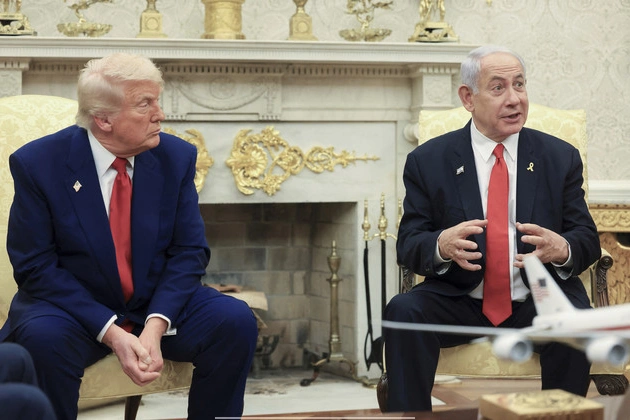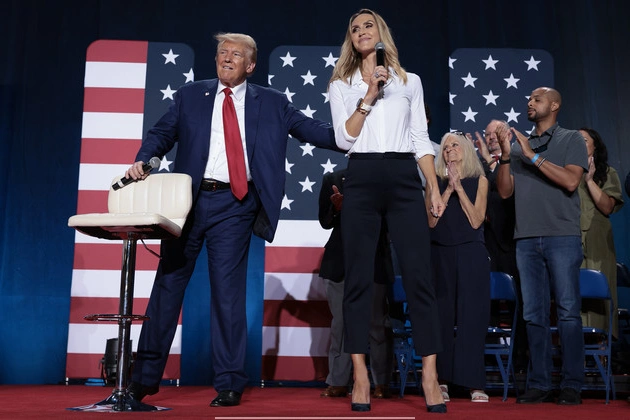
De-escalation Initiatives in U.S.-China Trade Relations
As the trade tensions between the U.S. and China continue to escalate, recent statements from Treasury Secretary Scott Bessent hint at the possibility of de-escalation. Bessent emphasized the importance of lowering the current tariff rates as a crucial first step towards resolving the ongoing trade dispute.
While President Donald Trump has expressed optimism about active negotiations with China, formal talks have not yet commenced. The relationship between the two countries, particularly at the leadership level between Trump and Chinese President Xi Jinping, plays a significant role in shaping the negotiation dynamics.
Insights into Negotiation Strategies
According to a White House official, there is a continuous dialogue between the U.S. and China at senior levels, indicating ongoing efforts to address key trade issues. Despite China’s stance on the need for genuine dialogue based on equality and mutual respect, the U.S. remains committed to pursuing meaningful negotiations.
Beijing’s insistence on the removal of tariffs as a precondition for serious talks underscores the complexities involved in reaching a consensus. The Treasury Department’s cautious approach to negotiations reflects a strategic effort to avoid premature announcements and ensure a balanced approach to trade discussions.
Future Outlook and Tariff Revisions
Looking ahead, the Treasury chief’s remarks suggest a gradual easing of tariffs as a strategic move to kickstart broader negotiations. The timeline for achieving a comprehensive trade balance between the U.S. and China is estimated at two to three years, with a focus on expediting the negotiation process.
Furthermore, the prospect of tariff clarity by the third quarter of the year indicates a proactive approach towards resolving trade uncertainties. Any potential tariff adjustments on Chinese imports would likely be contingent on reciprocal actions from China, emphasizing the importance of mutual concessions in trade discussions.
Collaborative Approach to Trade Resolution
Amidst the evolving trade landscape, a collaborative approach that emphasizes dialogue and mutual understanding is essential for sustainable trade relations. The engagement of both parties in constructive negotiations paves the way for long-term stability and economic prosperity.
Stay informed on the latest developments in the U.S.-China trade relations as stakeholders navigate the path towards de-escalation and a balanced trade agreement.











